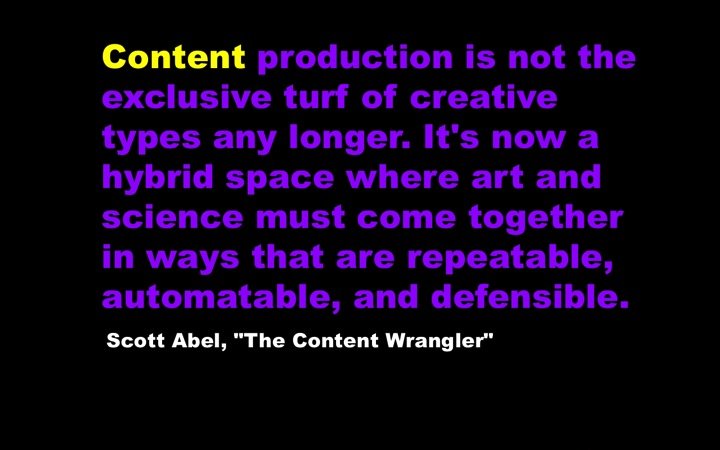In case it had somehow passed you by, much has changed in the workforce. One of the biggest changes has been the concept of a “job for life”. This concept to all intents and purposes no longer exists. Gone are the days when a fresh faced school leaver or graduate would enter a company with the expectation of still working there round about the time of their retirement. Job security is a thing of the past, and this insecurity has been brought about by mergers, downsizing, flattening the structure and more. This has led to a fundamental change in the way that people perceive their work. Rather than focusing on job security, the goal now is employability, or at least it is according to Robert H. Waterman Jr., Judith A. Waterman and Betsy A. Collard. According to Waterman and fellow researchers
According to Waterman et al. this has changed the paradigm of employment. As explained, companies no longer have the responsibility of making sure that their employees are continually employed. However, this change does raise some questions. For example, if businesses do not have to feel responsibility to employees, how will those employees be able to feel that management cares about them? How will the organisation be able to build a common purpose if it doesn’t care? Waterman et al. question how this can be achieved if the organisation does not commit to its employees, since without this commitment it is questioned whether employees will or even can commit back in return.
This change has led to employers helping employees to develop employability. As Waterman et al. report, this means not just employability within the company, but also employability outside of it. Employers give employees the chance to grow and develop their employability and in return employees work hard and commit to the company purpose while they are there. The responsibility for an employee’s career falls squarely on the shoulders of the employee in the new paradigm, but for employees to be encouraged to stay at companies they need to feel that their employability is growing and developing so that they become self-reliant workers, or as Waterman et al. describe it, a “career resilient workforce.” As explained by Waterman et al:
“Self-reliant workers stand ready to reinvent themselves in order to keep pace with change.”
Not only do they do this, but Waterman et al. argue that they are committed to continuous learning and responsibility for their own career. To do this they have to stay on top of market trends and keep on top of the skills that will be needed in the future. Employees have to be able to respond to changing needs of businesses (Waterman et al.) and be ready to bite the bullet with a company if it is not working out.
Self-reliant employees might not sound great for employers, but Waterman et al. opine that in fact they are. By keeping their eyes on the competitive environment, employees develop the skills that they need to succeed in their industry. This means that the company benefits from those skills as well. It may sound unrealistic, but in fact many companies are already benefitting from such an approach. However, it does require other changes too. For example, companies cannot feel that people that leave are disloyal. That is unfair as the company is not offering stability. Additionally, employees need to develop multiple skills to succeed in such a work place. As well, everyone needs to focus on what the customer wants or no one will have a job (Waterman et al.). Importantly, Waterman et al. argue that an adult-adult relationship has to be created between company and employee.
Career resilience can be built by understanding the skills needed to succeed and developing these, or so argue Waterman and his fellow researchers. This means benchmarking skills on a regular basis, self-assessment to understand where gaps are and filling these gaps with the needed skills. They argue that companies can help employees with this, not least by giving them the information and tools they need to do the benchmarking. All of this requires companies to be much more open than they have been in the past. They need to help employees be ready for opportunities, promote lifelong learning and not introduce blame when someone leaves. It’s been a major change. For some it is paying off, but for those that have not understood the need to continually grow and change it has maybe not been working quite so well. But those that man.

IntelligentHQ Your New Business Network.
IntelligentHQ is a Business network and an expert source for finance, capital markets and intelligence for thousands of global business professionals, startups, and companies.
We exist at the point of intersection between technology, social media, finance and innovation.
IntelligentHQ leverages innovation and scale of social digital technology, analytics, news and distribution to create an unparalleled, full digital medium and social business network spectrum.
IntelligentHQ is working hard, to become a trusted, and indispensable source of business news and analytics, within financial services and its associated supply chains and ecosystems.





























